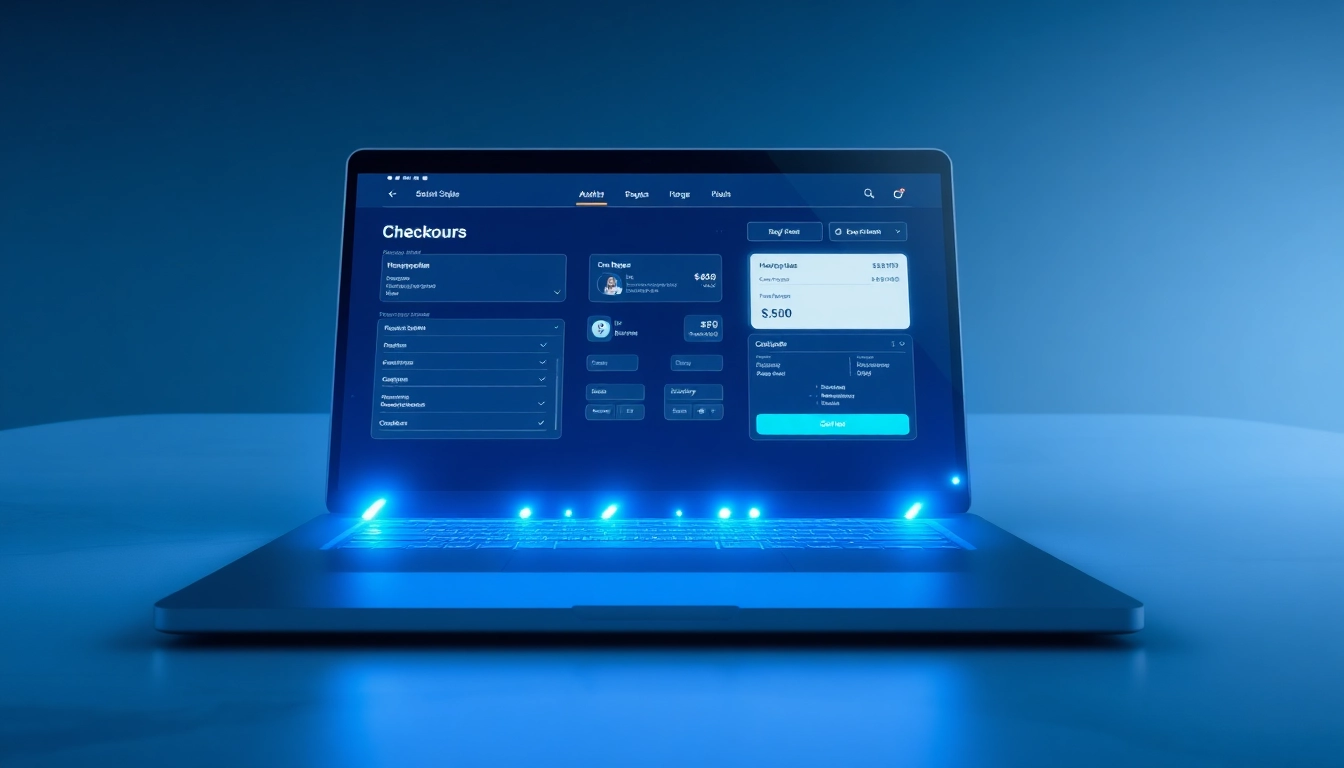This guide synthesizes actionable insights at the intersection of user experience, AI-driven operations, customer interactions, and strategic market positioning. Built for teams seeking practical paths from concept to measurable outcomes, the sections below translate complex concepts into repeatable playbooks you can adapt across tech, e-commerce, and design initiatives.
As technology evolves, leaders optimize UX, checkout flows, and AI deployment. See how technology shapes decisions across industries.
What Makes Customers Click: Unlocking Better UX and Checkout Experiences in E-commerce
UX fundamentals for online shopping
Clarity, speed, and trust drive first impressions. Simple navigation, visible search, and consistent visual hierarchy help shoppers find products quickly. Mobile-first design, accessible typography, and optimized images reduce friction, while transparent pricing and real-time stock indicators build confidence to explore and buy.
Checkout experience optimization with technology
Streamlined checkout reduces abandonment. Simplify forms, offer guest checkout, and enable autofill with secure tokenization. Provide multiple payment options, clear security signals, and a step-by-step progress indicator. Post-purchase clarity—order confirmation and expected delivery—limits buyer remorse and returns.
Measuring UX success with metrics
Track conversion rate, cart abandonment, and time-to-purchase to gauge UX impact. Use A/B tests, heatmaps, and funnel analysis to validate changes, then translate results into iterative design sprints. Align UX metrics with business KPIs like revenue per visitor and average order value.
AI Deployment in Business Operations
AI deployment strategies for operational efficiency
Start with high-value use cases that leverage existing data, then pilot in a controlled environment. Map data sources, establish governance, and ensure seamless integration with core systems (CRM, ERP). Scale through modular AI components, maintaining cross-functional ownership and clear success criteria.
Governance and ethics in AI technology use
Institute bias scrutiny, model explainability, and data privacy safeguards. Create transparent decision trails, user consent protocols, and periodic audits. Foster responsible AI culture by documenting responsibilities and providing avenues for redress when outcomes are misaligned with policy or ethics.
Roadmap, costs, and ROI
Develop a phased roadmap with quick wins and a long-term vision. Budget should cover data preparation, model training, monitoring, and change management. Quantify ROI with metrics like cost savings, revenue uplift, and improved forecast accuracy to justify ongoing investment.
Transforming Customer Interactions for Enhanced Business Outcomes
Redesigning customer engagement with data-driven design
Combine analytics with design thinking to craft journeys that anticipate needs. Use personas grounded in behavioral data, run rapid prototyping, and validate with real users. Data-informed design accelerates alignment between user desires and business goals, reducing costly guesswork.
Personalization, omnichannel, and feedback loops
Unify data across channels to deliver cohesive experiences, from email to in-app messaging. Personalization should be timely, respectful, and privacy-conscious, with feedback loops enabling continuous improvement through surveys, reviews, and automated sentiment analysis.
Measuring business impact of interactions
Connect customer interactions to outcomes like retention, lifetime value, and referral rates. Use controlled experiments to isolate effects, drawing a direct line from engagement improvements to financial metrics. Regular dashboards keep teams aligned on risks and opportunities.
STP in Action: A Hands-On Guide from Market Segmentation to Precise Positioning
STP fundamentals for tech brands
Segment by behavioral signals, technology adoption, and workload needs rather than only demographics. Identify profitable segments with measurable needs, then target those groups with tailored value propositions that reflect real use cases and outcomes.
Precision positioning through technology storytelling
Craft stories that translate technical advantages into tangible outcomes. Use demonstrations, case studies, and problem–solution narratives to illustrate benefits for each segment, making complex tech accessible and credible to buyers at different maturity levels.
Go-to-market examples and benchmarks
Benchmark timelines for adoption, conversion, and churn by segment. Use a phased GTM plan with clear milestones—awareness, evaluation, purchase, and expansion—and set targets for each stage to measure progress against market expectations.
Emerging Trends in Design for Modern Construction Projects
BIM, parametric design, and sustainable use
Building Information Modeling (BIM) and parametric design enable data-rich, adaptable workflows. Embrace sustainability through performance analytics and lifecycle thinking, tying design decisions to energy use, material impact, and long-term maintenance costs.
Technology in construction design workflows
Integrate CAD, GIS, and digital twins to simulate performance before ground is broken. Collaborative platforms streamline coordination among architects, engineers, and contractors, reducing rework and accelerating approvals while improving quality control.
Implementation steps and performance metrics
Adopt a staged rollout: pilot BIM-enabled projects, train teams, and establish data standards. Track metrics such as project cycle time, cost variance, and BIM accuracy to gauge impact and justify broader adoption across portfolios.
Multi-language Coding: Why it matters for interview success
Why multi-language coding matters in tech interviews
Proficiency across languages demonstrates versatility, adaptability, and a deeper grasp of algorithms and data structures. It signals readiness to collaborate across diverse tech stacks, reducing onboarding risk for teams with varied tech footprints.
Practical strategies to prepare across languages
Practice core patterns (arrays, trees, graphs, DP) in multiple languages, emphasizing readability and edge-case handling. Build a reusable library of solutions, and run timed challenges to simulate interview pressure while maintaining clarity and correctness.
Common pitfalls and how to avoid them
Avoid over-optimizing prematurely, neglecting testability, or translating code into a less-idiomatic style. Emphasize clean design, mindful trade-offs, and concise explanations to convey reasoning clearly to interviewers.
Key Tips for Hiring Designers Without Breaking the Bank
Budget-conscious hiring strategies
Balance in-house capability with external talent. Use design sprints, scalable design systems, and clearly scoped projects to maximize impact without excessive spend. Align compensation with deliverables and measurable outcomes rather than hourly rate alone.
Leveraging design systems and freelancers
Invest in a robust design system to accelerate work and ensure consistency. When engaging freelancers, establish clear briefs, milestones, and review gates to maintain quality while maintaining flexibility to scale up or down as needed.
Evaluating ROI of design talent
Link design investments to concrete metrics: improved conversion, reduced support tickets, faster time-to-market, and stronger brand perception. Regularly review the pipeline of design initiatives and their impact to refine hiring and sourcing strategies.
